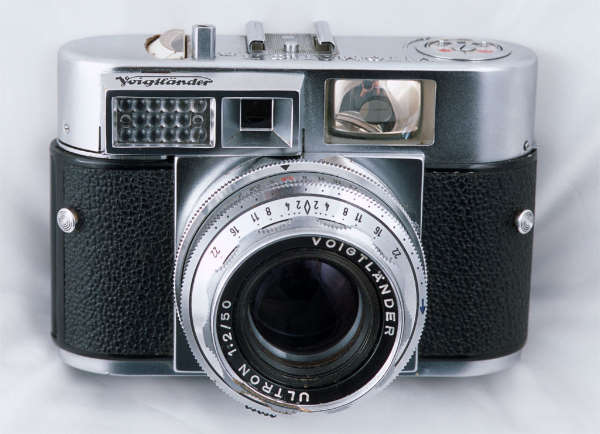MRohlfing
Well-known
I own the 50 version of the X100 already :angel:



The usual RFF fantasies: that they are going to sell a million of these cameras, and that a new line of telecentric lenses can be developed at no significant expense.
While I'd not be surprised to see a couple of variants -- ultrawide and short tele, 18 equivalent and 75 equivalent -- I'd be even less surprised if they don't appear. As for a 28 equivalent when there's already a 35 equivalent, well, dream on.
Purely commercially, imagine the expense to a dealer of stocking three slow-selling, expensive cameras instead of one. Why do you think Leica dropped the viewfinder magnification options, except à la carte?
Cheers,
R.
The issue is one of flange-to-sensor distance and business strategy
Dear Frank,Once they prove the concept, they'll probably use a similar viewfinder on a series of lower end zoom cameras that are more consumer friendly and profitable.
I've been off on this camera so far -- I called the price out at $2000 -- but my instinct is that these companies use their high-end cameras as beta test programs that guys like us will pay for, but what they are really aiming for is to sell 100x $500 cameras at Best Buy.
They probably figure that if they introduce the concept of a EVF rangefinder style to the consumer market, nobody will notice. By aiming at the more serious prosumer market they get proof of concept and lots of beta testers.
And sure, they know there is a pent-up demand for a camera like this, they'll sell out max production for the first six months unless the reviews are horrid.
Flange distance is relevant only if they want to be able to adapt M-mount lenses. Speculating about flange distances is pointless, there is really no good business case M-mount - a lot of added complexity and cost, for the satisfaction of a very small group of customers, who also happen to be some of the most picky and easily-turned-off customers on the planet 🙄
Models with different focal lengths might be a possibility (Sigma did that), but as a number of people have pointed out the odds aren't good.
Live with it guys, in all probability it's not going to happen. Use sneaker zoom instead.
Why isn't it going to happen? They just released the GF670 and have announced the GF670W. Both will be lower volume sales than the X100 so why not the X100W or X100Tele ?
Flange distance is relevant only if they want to be able to adapt M-mount lenses. Speculating about flange distances is pointless, there is really no good business case M-mount - a lot of added complexity and cost, for the satisfaction of a very small group of customers, who also happen to be some of the most picky and easily-turned-off customers on the planet 🙄
.
They have a long history of fixed focal length cameras.I don't think they would. It's more probable that they will release an interchangeable lens version in the future to rival the young and growing market of M4/3 and NEX.

